While recycling isn't the thing we should count on when aiming for a fully sustainable economy, it can definitely help us recover some resources and prevent the accumulation of plastic waste. We can recycle a wide range of products or better said, the materials they are made from, so reintegrating them into the economy shouldn't be difficult. How is plastic recycled?
It all starts with collecting
Sorting is the next step and here come Material Recovery Facilities or Plastic Recovery Facilities, which separate various types of plastic packaging, usually based on the type of polymers.
The most common types of plastic

High-Density Polyethylene is the second sub-class of plastic that is being used especially in constructions, due to the fact that it is strong and resistant to moisture and chemicals. It is also used for detergent containers.
Polyvinyl Chloride (PVC or Vinyl) is similar to High-Density Polyethylene, while it is also suitable for electric applications, due to the fact that it doesn't conduct electricity and it can be used to insulate cables, for example. Some of the products made from PVC are credit cards, human and pet toys and plumbing pipes.
How is plastic is recycled
Before the actual processing, the plastic products are sorted based on the type of polymers. Some recycling facilities can't actually process all kinds of plastic and may be able to process only a few types.
After sorting comes resizing, which implies reducing the size of a product with the help of shredders and other industrial machinery. This way, the plastic is turned into small parts and is easier to further process and handle.
To remove any potential contaminants, such as glue, chemicals or dirt from the tiny pieces of plastic, these are being washed in special containers. Also, due to the fact that within a product may reside multiple types of plastics, the shredded pieces are being placed in float tanks, where they separate based on density.
To remove leftover materials that may have been stuck to the plastic pieces, such as labels, hot water is being sprayed and companies can make use of chemicals, detergents or disinfectants in order to improve cleaning and separation.
It's critical that plastic is being cleaned properly before being further processed, as this will allow the prime mater to have the desired properties for the upcoming products.
Building the blocks for future plastic products
Compounding is usually the final step in the whole recycling process and it involves using special machinery in order to melt the plastic and combine them into pellets. Many experts in the industry agree that this is one of the easiest ways to distribute and remanufacture plastic-based products.

Once fully recycled, plastic materials can be used to make new products, such as bottles and food trays, two of their most common applications. Polyester fabric clothing is another increasingly-popular use case for recycled polymers, but it's not uncommon to see flower pots and even wheeled bins made of reprocessed polymers.
Yes, recycling is the last resort when it comes to what happens to a product at its end of life and repurposing that object is a better option, which doesn't require almost any energy or treatments.
Still, it is important to understand what lays behind the simple wording "recycling plastic" and to keep in mind why keeping the packaging or product in as good of a shape as possible helps greatly in the processing of the waste.
 Mihai - Cristian Ioniță
Mihai - Cristian Ioniță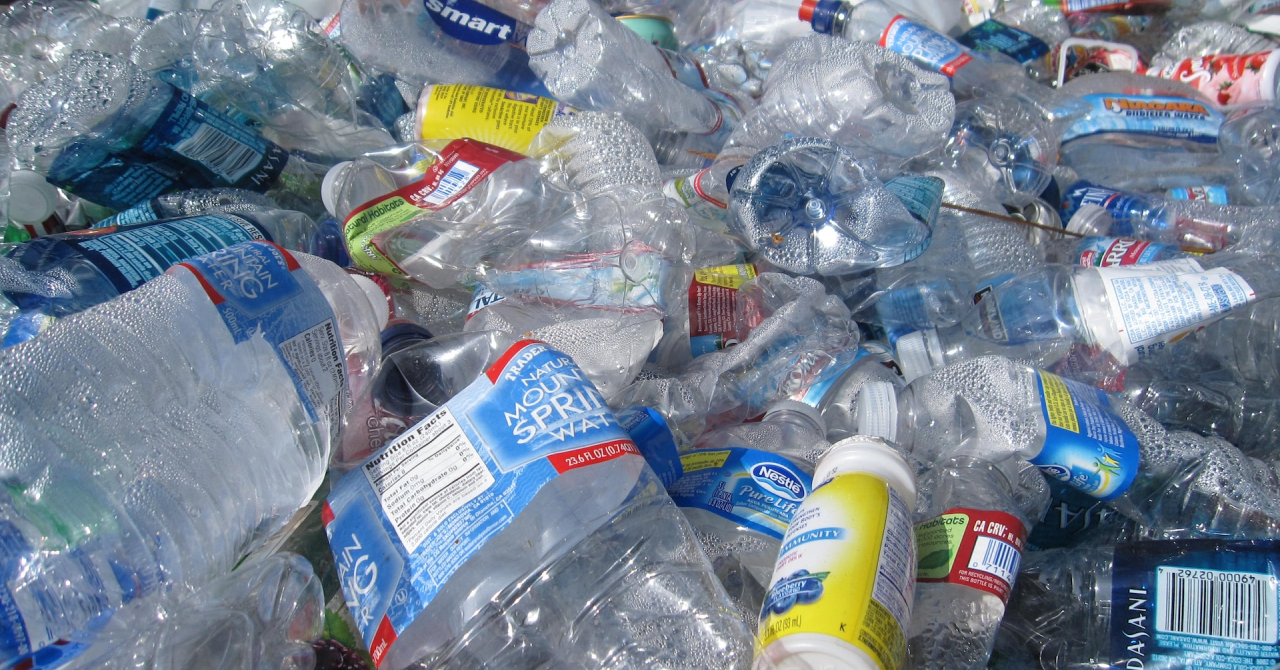


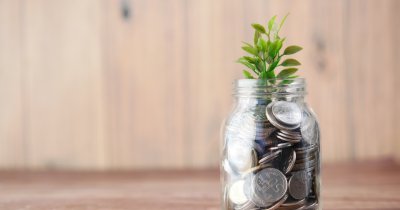

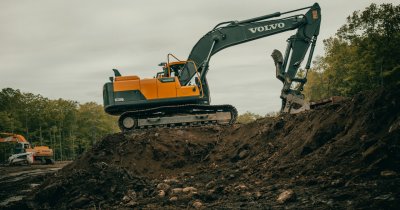
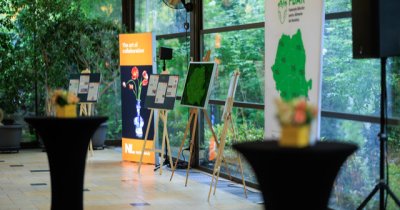
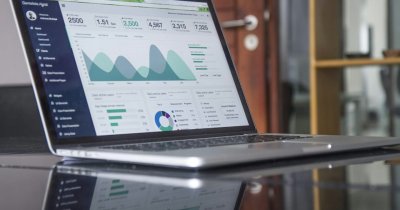
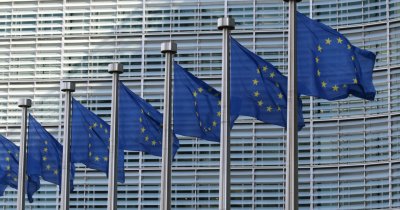




Any thoughts?